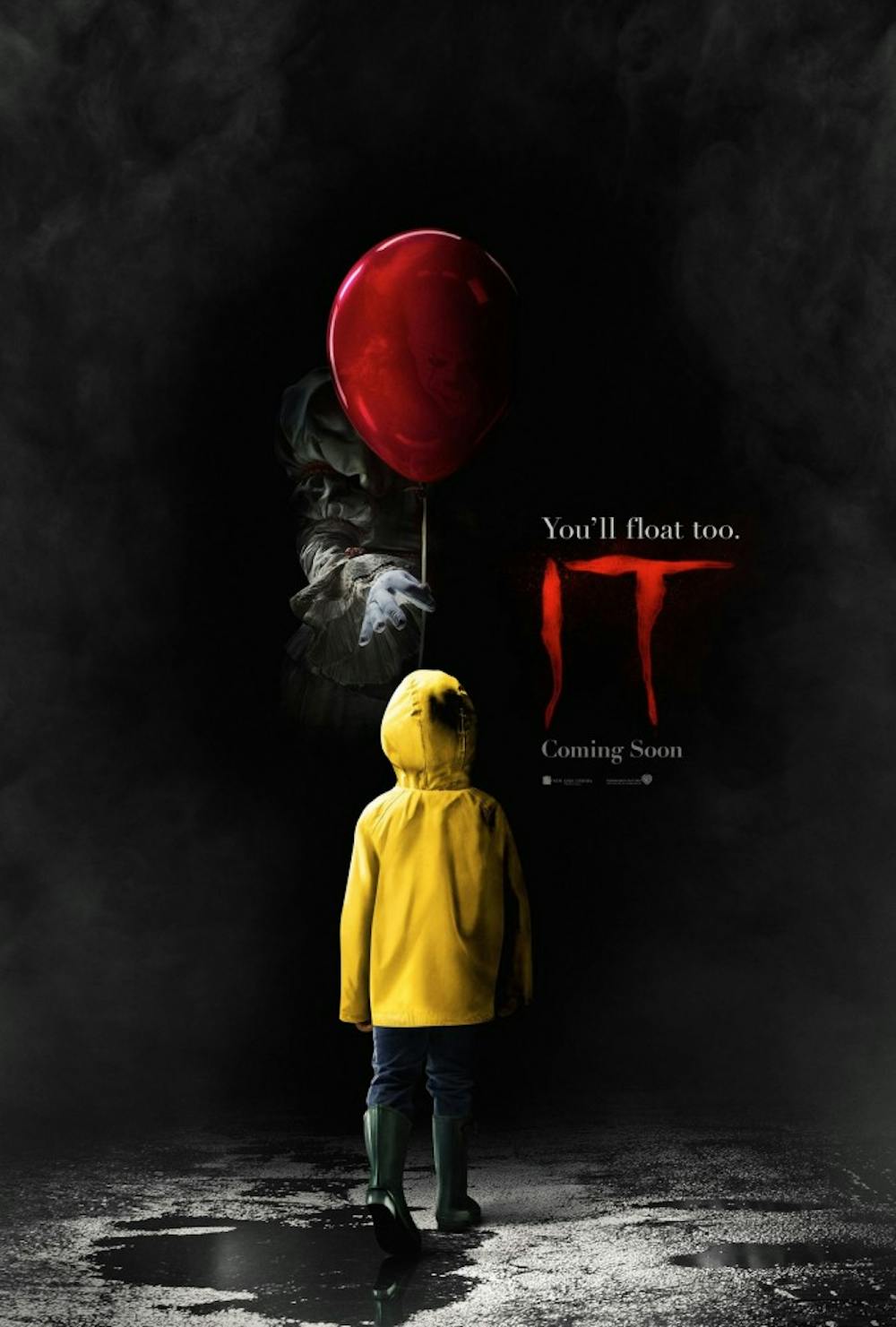After the abysmal failure that was “The Dark Tower,” and the largely forgettable 2013 remake of “Carrie,” the stock of Stephen King adaptations seemed to be falling rapidly. Fortunately, “It” proved to be one of the best adaptations of King’s work in recent memory and one of the best movies of the year. Equal parts coming-of-age tale and supernatural thriller, “It” succeeds with a stellar showcase of young talent and smart writing.
In the sleepy town of Derry, ME, children go missing at an alarming rate, and misfortune seems to be a constant presence in the town’s history. Bill Denbrough (Jaeden Lieberher), the 13-year-old leader of self-proclaimed “Losers’ Club,” discovers the cause of these disappearances to be a mysterious force known simply as “It,” which manifests in the form of whatever scares its victim the most. Rather than let “It” continue to terrorize the children of Derry, Bill and the Losers set out to destroy it once and for all.
“It” could very easily become a standard horror tale, but director Andy Muschietti wisely emphasizes the coming-of-age elements of the story, turning the film into more of a fantasy with horror elements. While there are legitimate scares, the best moments come from interactions between members of the Losers’ Club as they deal with typical kid problems and band together to face their ultimate fears — evoking shades of “Stand by Me,” another great King adaptation. Sure, the monster is important, but the kids are the heart of the film.
This is not to discount the truly scary aspects of “It,” of which there are quite a few. Pennywise the Clown is scary enough on his own, but it’s the smaller touches that elevate the film above others. Pennywise is a constant presence in Derry, appearing in places kids should feel safest — from background characters who don’t behave the way they should to television programs that seem to take a life of their own. King and Muschietti are also masters at highlighting the horrors in everyday life. In “It,” some of the scariest villains are just regular people — neglectful and abusive parents or predatory shopkeepers who flirt with underage girls.
Much of the film’s acclaim should be directed at the leading cast of young actors, each of whom tackles their role with grace and maturity and portrays the often complex material thrown their way with the skill of much more experienced actors. Finn Wolfhard as Richie “Trashmouth” Tozier is a standout, with fantastic comedic timing in addition to solid dramatic acting. Jack Dylan Grazer constantly steals scenes as hypochondriac Eddie, injecting a dynamic, neurotic energy into a character that could otherwise fall by the wayside.
Sophia Lillis is captivating as Bev, the character with arguably the most complex and challenging backstory. Lillis expertly shows Bev’s layers, equally convincing in her confidence and vulnerability. Nicholas Hamilton as sociopathic bully Henry Bowers also deserves some attention. Though Bowers’ role is reduced significantly from that of the book, Hamilton makes the most of his limited screentime.
Most importantly, Bill Skarsgård absolutely nails his role as Pennywise the Dancing Clown. Tim Curry created an iconic Pennywise in the otherwise mediocre 1990 miniseries adaptation of “It”, so Skarsgård and the filmmakers smartly chose not to try to replicate that performance. Where Curry played Pennywise as a more straightforward, but still sinister clown, Skarsgård is more monstrous and alien, and better illustrates the otherworldly nature of Pennywise. Special effects that allow Pennywise to contort and transform aid in making the character more frightening, but Skarsgård does most of the heavy lifting. More often than not, “It” is terrifying because Skarsgård is terrifying.
“It” is not a flawless film, and diehard fans of the source material may be disappointed at some of the plot omissions. Though most of the characters are fleshed out, some seem to be more of an afterthought. Poor Losers’ Club member Mike Hanlon (Chosen Jacobs), who provides much of the historical framework for Pennywise in the novel, is reduced practically to a background character in the film. The bullies, including Bowers, are also woefully underused, and their impact on the Losers is never really explained.
This film is only “Chapter One,” with the next installment currently set for release in 2019. It will follow the Losers’ Club as adults reuniting in Derry after 27 years, when a string of murders and disappearances may signal the return of Pennywise. It should be interesting to see if the second half can live up to the first — a story about a group of people overcoming their fears to fight a demonic force and learning life lessons in the process is an easier story to sell when the characters are young kids. A story about grown adults fighting a clown is somehow a bit less charming.
King’s novel handles this by heavily utilizing flashbacks, interspersing the present-day story with the adventures of the Losers’ Club’s younger selves. The decision to eliminate the adults’ point of view entirely in Chapter One paid off, but whether the same will be true of eliminating the kids’ point of view in the second chapter remains to be seen.
Despite some shortcomings, “It” achieves what so many other King adaptations struggle with — it captures the spirit of his novel without following the story word for word, or conversely abandoning the source material entirely. As both a standalone film and an adaptation of a novel, “It” is a definite success.





